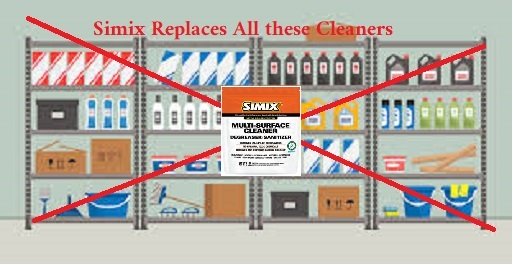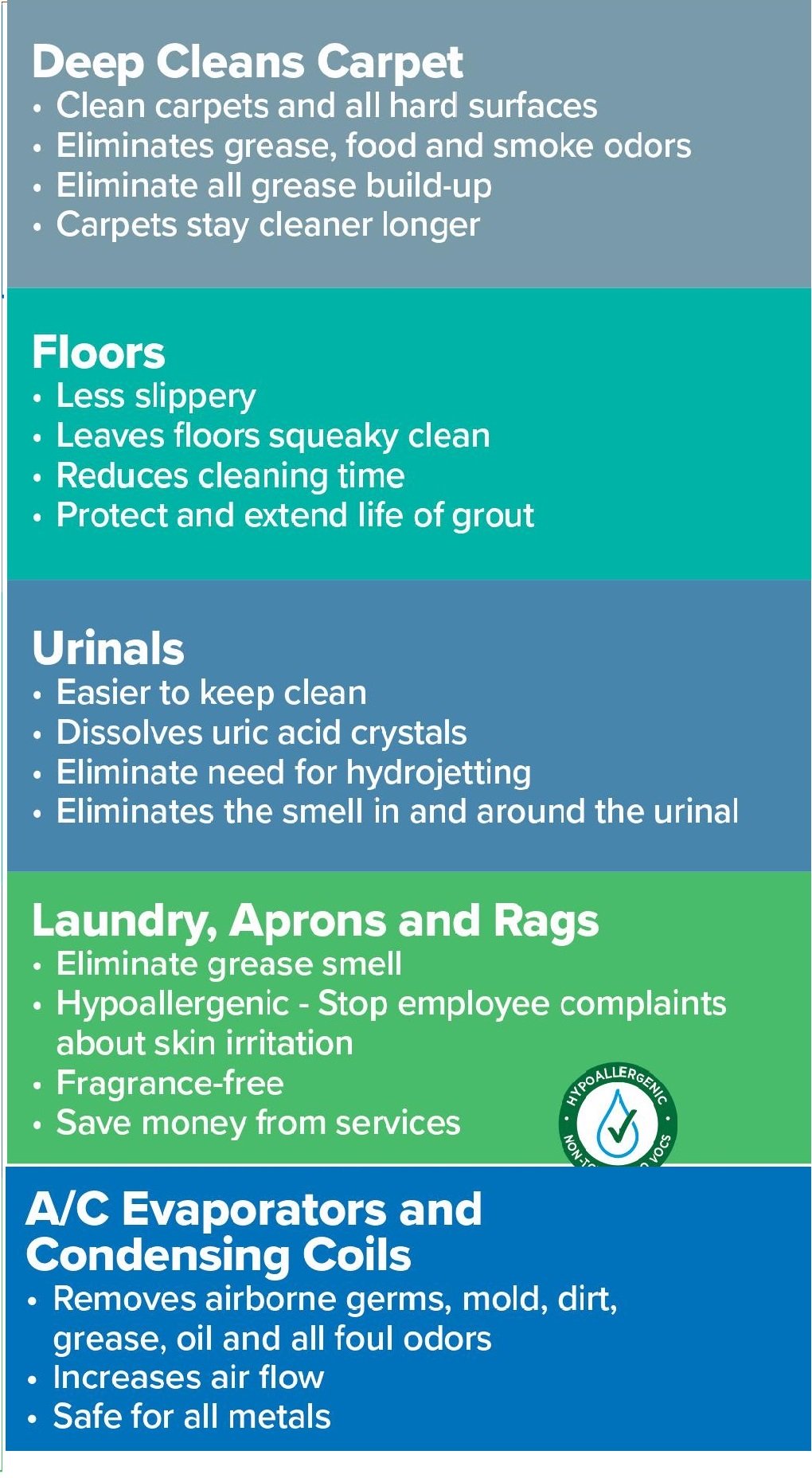Reducing Equine HPV Spread Beyond Surface Cleaning
While powerful cleaners like Simix show strong potential for reducing Equine Papillomavirus contamination on non-porous surfaces, surface cleaning is only one piece of the puzzle. Equine HPV spreads in ways that many horse owners don’t immediately recognize, and because it is a non-enveloped, highly resilient virus, it has a remarkable ability to survive in places people rarely think to disinfect.
Before Simix becomes widely adopted in barns or equine facilities, it's important to understand the broader context of HPV spread so cleaning programs—whether using Simix or any other product—are actually effective. This section covers everything beyond surface sanitation that barns need to consider to limit viral transmission.
Grooming Tools Are One of the Biggest Spreaders
Most people assume surfaces are the main issue, but papillomavirus spreads extremely easily through:
- Brushes
- Curry combs
- Mane and tail combs
- Face brushes
- Shedding tools
- Clippers and trimmers
- Hoof picks
Horses, especially young ones, often share grooming kits at:
- Boarding barns
- Training facilities
- Horse shows
- Pony club lessons
Because Equine HPV lives for weeks on non-porous surfaces, brushing a horse with viral warts and then brushing a healthy horse can easily spread it
Best Practices:
- Assign individual grooming kits to each horse.
- Clean tools regularly with a strong cleaning product.
- Avoid sharing clippers or use disinfectant sprays between horses.
- Disinfect metal and plastic grooming pieces more frequently.
Even a cleaner with strong antiviral performance like Simix should be paired with consistent grooming tool hygiene to meaningfully reduce viral spread. Tack Can Carry the Virus for Long Periods
Although leather is porous and less hospitable to viruses, many parts of tack are not porous, including:
- Bits
- Polymer saddles
- Plastic-coated reins
- Breastplate buckles
- Stirrup irons
- Girth buckles
- Halter hardware
- Synthetic halters or leads
These materials can host papillomavirus for extended periods. Best Practices:
- Disinfect hardware regularly.
- Clean bits thoroughly, especially when horses share tack.
- Avoid sharing halters between horses.
- Keep grooming halters separate from turnout halters.
If Simix becomes incorporated into barn cleaning routines, these are the types of tack components where it could be applied—especially metal or plastic parts. Horse-to-Horse Contact Is Still the Primary Route
Young horses often contract Equine HPV simply through:
- Nose-to-nose contact
- Sharing water troughs
- Mutual grooming
- Group turnout
- Social interaction through stall bars
Reducing Equine HPV Spread Beyond Surface Cleaning

Because papillomavirus causes warts mostly in young horses, the virus circulates most easily in environments where yearlings or 2-year-olds interact frequently.Best Practices:
- Reduce direct muzzle contact when one horse has visible warts.
- Avoid communal feed bins and group buckets.
- Separate water sources if possible.
- Monitor young horse groups weekly for new lesions.
Surface cleaning plays a supportive role but cannot completely replace behavior-based prevention.4. Fly Control Is Unexpectedly Important
Flies don’t “carry” Equine HPV biologically, but they can mechanically transfer viral particles between:
- Nostrils
- Muzzles
- Legs
- Sheath or genital areas
Since papillomavirus can survive on fly mouthparts long enough to move between horses, fly management is part of viral control.Best Practices:
- Maintain manure piles
- Use fly predators
- Keep trash areas cleaned
- Maintain screens and fans in barns
- Adopt an integrated fly-control program
Even the cleanest environment still needs fly management to reduce papillomavirus spread.5. Cleaning Only Part of the Environment Doesn’t Work
Many barns sanitize only the “visibly dirty” places. But papillomavirus survives on:
- Wash-bay walls
- Cross-tie posts
- Trailer walls
- Stall front hardware
- Tie rings
- Plastic feed-room containers
- Bathroom door handles
- Barn office countertops
This is where a cleaner like Simix—proven effective on non-porous ceramic tile surfaces in commercial environments—shows strong potential. In the ISO 17025 lab testing, Simix achieved:
- 99.94% viral reduction of a coronavirus strain
-
99.74% reduction of feline calicivirus (a tough surrogate for non-enveloped viruses like papillomavirus)
The more surfaces a barn cleans consistently, the more viral load is reduced overall.The Key Insight
Cleaning doesn’t stop Equine HPV by itself. But surface sanitation + grooming tool hygiene + tack cleaning + fly control + contact reduction together dramatically lower transmission.
That’s what makes Simix’s future potential exciting: it’s a product that addresses the surface-cleaning component extremely well—especially on the non-porous materials where papillomavirus survives longest.
Reducing Equine HPV Spread Beyond Surface Cleaning can be accomplished with consistentency
Your second block of text...




